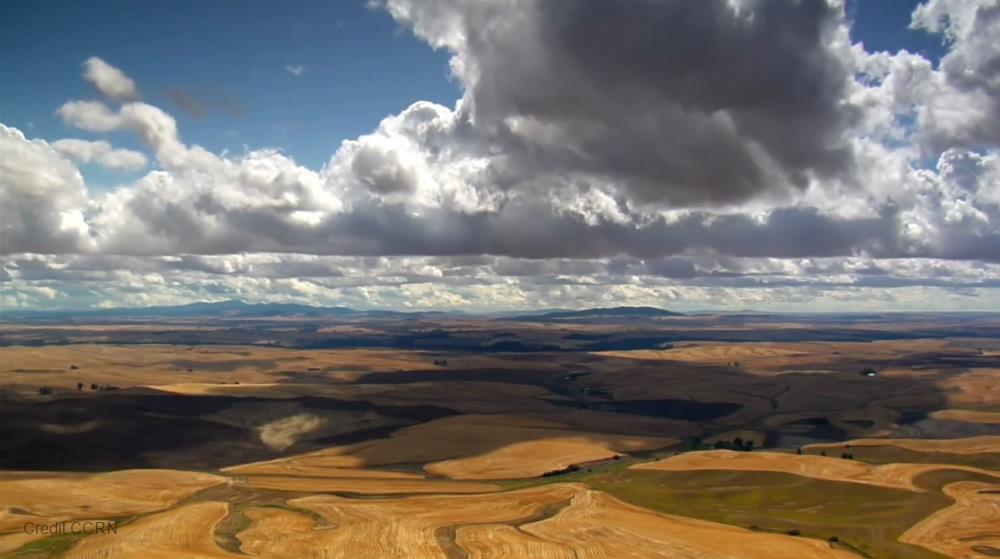
Related items loading ...
Section 1: Publication
Publication Type
Journal Article
Authorship
Thériault Julie M., Leroux Nicolas R., Stewart Ronald E., Bertoncini André, Déry Stephen J., Pomeroy John W., Thompson Hadleigh D., Smith Hilary, Mariani Zen, Desroches-Lapointe Aurélie, Mitchell Selina, and Almonte Juris
Title
Storms and precipitation across the continental divide experiment (SPADE)
Year
2022
Publication Outlet
Bulletin of the American Meteorological Society [In revision]
DOI
ISBN
ISSN
Citation
Julie M. Thériault, Nicolas R. Leroux, Ronald E. Stewart, André Bertoncini, Stephen J. Déry, John W. Pomeroy, Hadleigh D. Thompson, Hilary Smith, Zen Mariani, Aurélie Desroches-Lapointe, Selina Mitchell, and Juris Almonte, (2022) Storms and precipitation across the continental divide experiment (SPADE), Bulletin of the American Meteorological Society [In revision]
Abstract
The Canadian Rockies are a triple-continental divide, whose high mountains are drained by major snow-fed and rain-fed rivers flowing to the Pacific, Atlantic, and Arctic Oceans. The objective of the April–June 2019 Storms and Precipitation Across the continental Divide Experiment (SPADE) was to determine the atmospheric processes producing precipitation on the eastern and western sides of the Canadian Rockies during springtime, a period when upslope events of variable phase dominate precipitation on the eastern slopes. To do so, three observing sites across the divide were instrumented with advanced meteorological sensors. During the 13 observed events, the western side recorded only 25% of the eastern side’s precipitation accumulation, rainfall occurred rather than snowfall, and skies were mainly clear. Moisture sources and amounts varied markedly between events. An atmospheric river landfall in California led to moisture flowing persistently northward and producing the longest duration of precipitation on both sides of the divide. Moisture from the continental interior always produced precipitation on the eastern side but only in specific conditions on the western side. Mainly slow-falling ice crystals, sometimes rimed, formed at higher elevations on the eastern side (>3 km MSL), were lifted, and subsequently drifted westward over the divide during nonconvective storms to produce rain at the surface on the western side. Overall, precipitation generally crossed the divide in the Canadian Rockies during specific spring-storm atmospheric conditions although amounts at the surface varied with elevation, condensate type, and local and large-scale flow fields.
Plain Language Summary
Section 2: Additional Information
Program Affiliations
Project Affiliations
Submitters
Publication Stage
Published
Theme
Presentation Format
Additional Information
SaJESS, SPADE, Refereed Publications


 GWFNet
GWFNet Master
Master Data
Data Research
Research Map
Map
 Advanced
Advanced Tools
Tools
 . . .
. . .
 Metadata Editor
Metadata Editor
 Record List
Record List
 Alias List Editor
Alias List Editor
 Legacy sites
Legacy sites